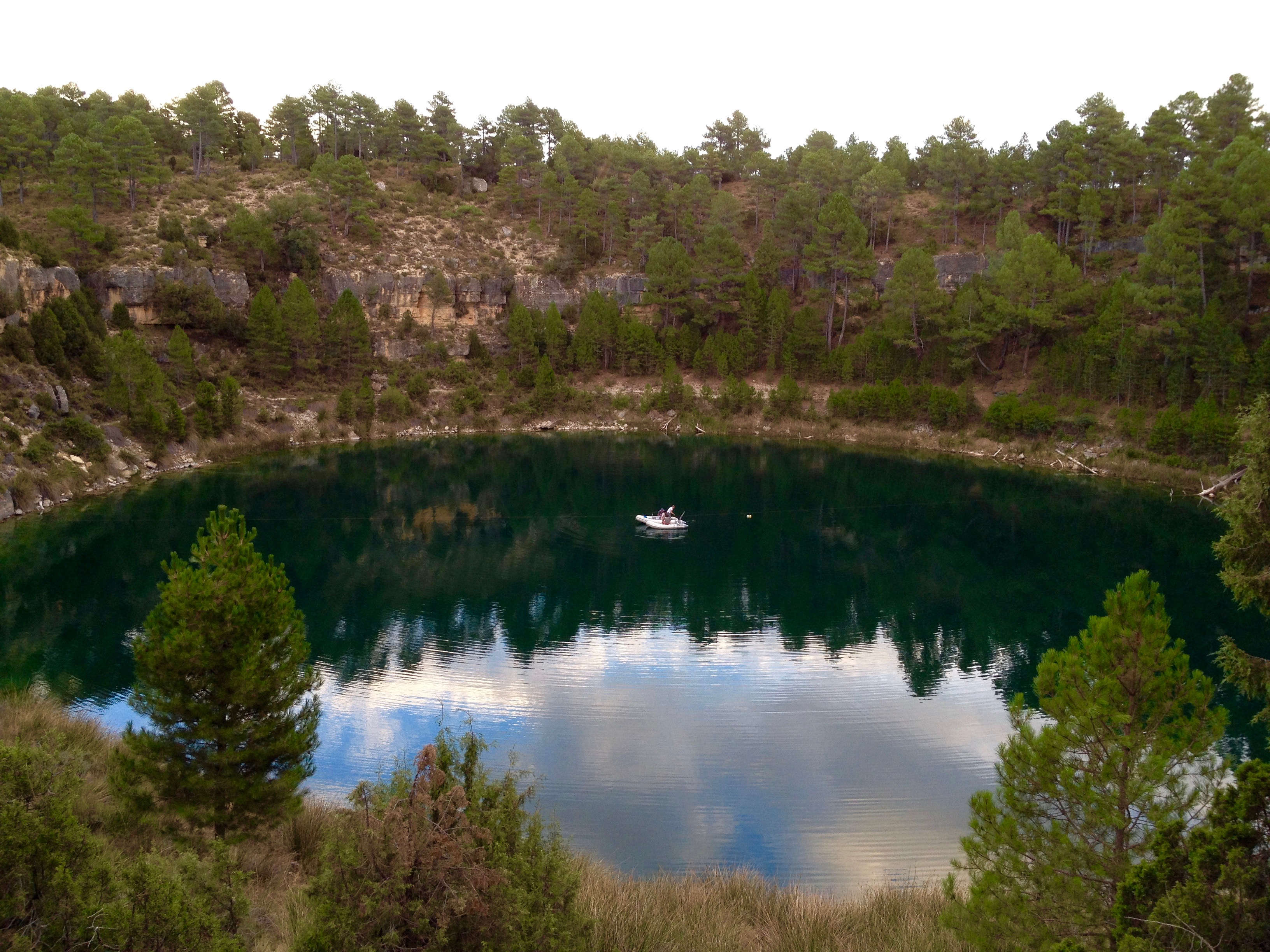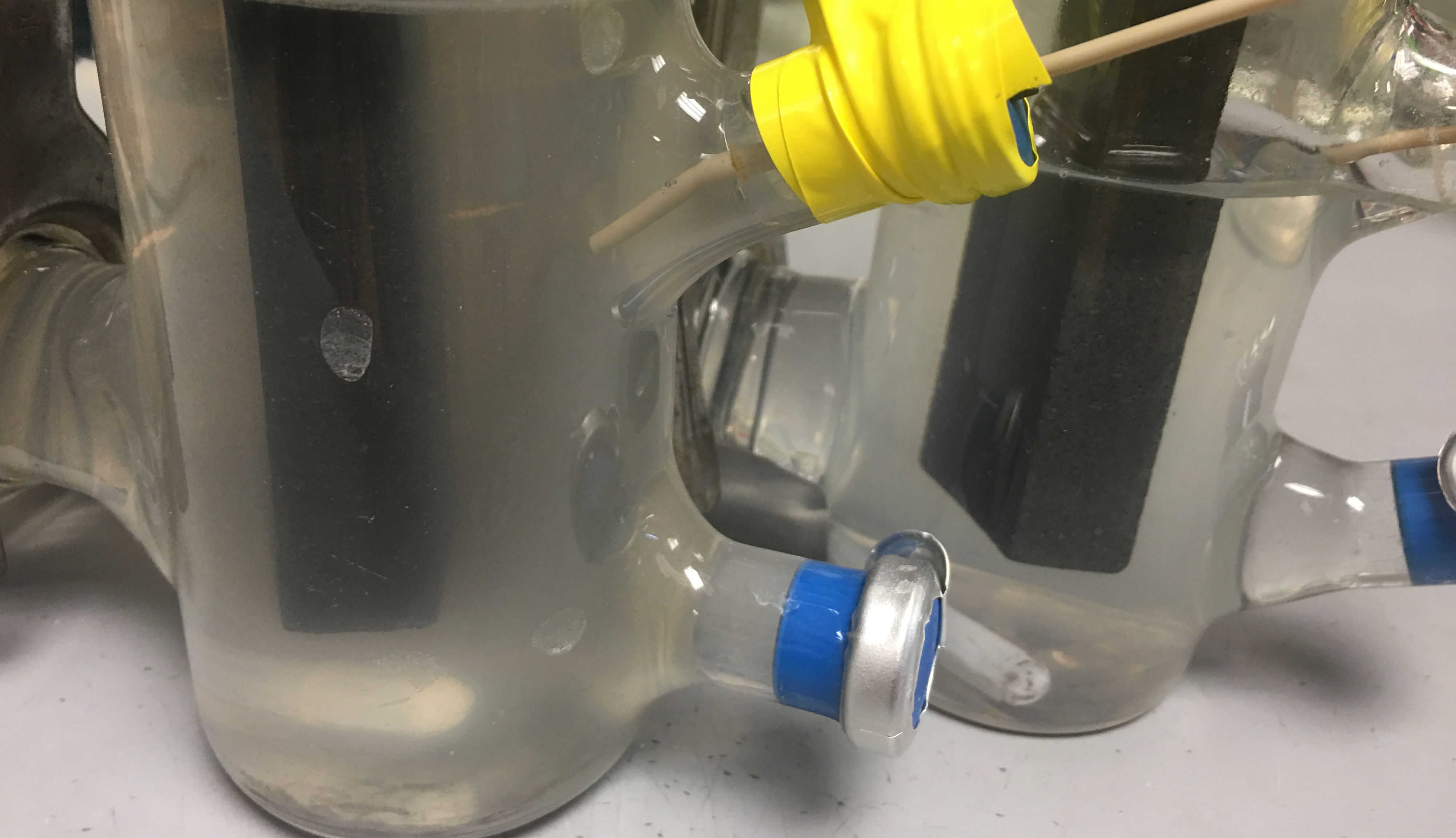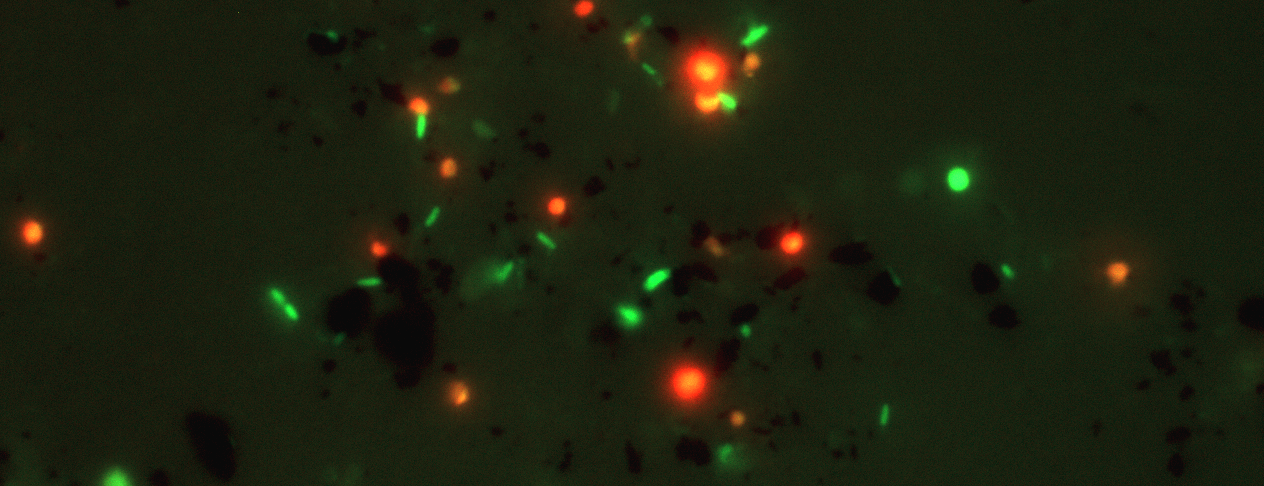My first Ph.D. student Mon Oo Yee just preprinted her first paper: Extracellular electron uptake by two Methanosarcina species. Mon discovered that although two different Methanosarcina could do DIET, they differed in their capability to do electromethanogenesis at a fixed cathode potential. We are excited to hear how the scientific community receives her work.
In incubations originated from the sediments of a ferruginous, early Earth analogue lake, we were surprised to discover that the interspecies association between Youngiibacter and Methanothrix was strictly dependent on conductive particles. Here is a link to our paper. The implication of this study is that mineral-syntrophy could be the relic of ancestral associations between protocells splitting metabolic tasks, prior to the
Xiaochen Yang, is our new colleague for the next two months. Xiaochen has a PhD from the Danish Technological University and will do his internship on electrochemical systems and fluorescence microscopy techniques. Welcome to the lab, Xiaochen!
Finally, great to see our BioRxiv paper just published by mBio. Also, SDU Nat’s press officer (Birgitte Svennevig) published a EurekaAlert and a press release on SDU’s website calling attention to our work. This work is a contribution to a project funded by the Danish Research Council in 2013. Wageningen: a sneak peak at conductive particle-mediated syntrophy Just before the paper was released
Morten Busch wrote a great outreach article about methanogens battling radionuclide contamination, in which our recent publication from Microbial Ecology has been featured. Cite: Busch M. 2018. Extreme microbes battle against radioactive contamination. ScienceNews.dk (Novo Nordisk Foundation) Holmes, D.E., Orelana, R., Giloteaux, L., Wang, L.-Y., Shrestha, P., Williams, K., Lovley, D.R., Rotaru, A.-E., 2018. Potential for Methanosarcina to Contribute to Uranium Reduction during




